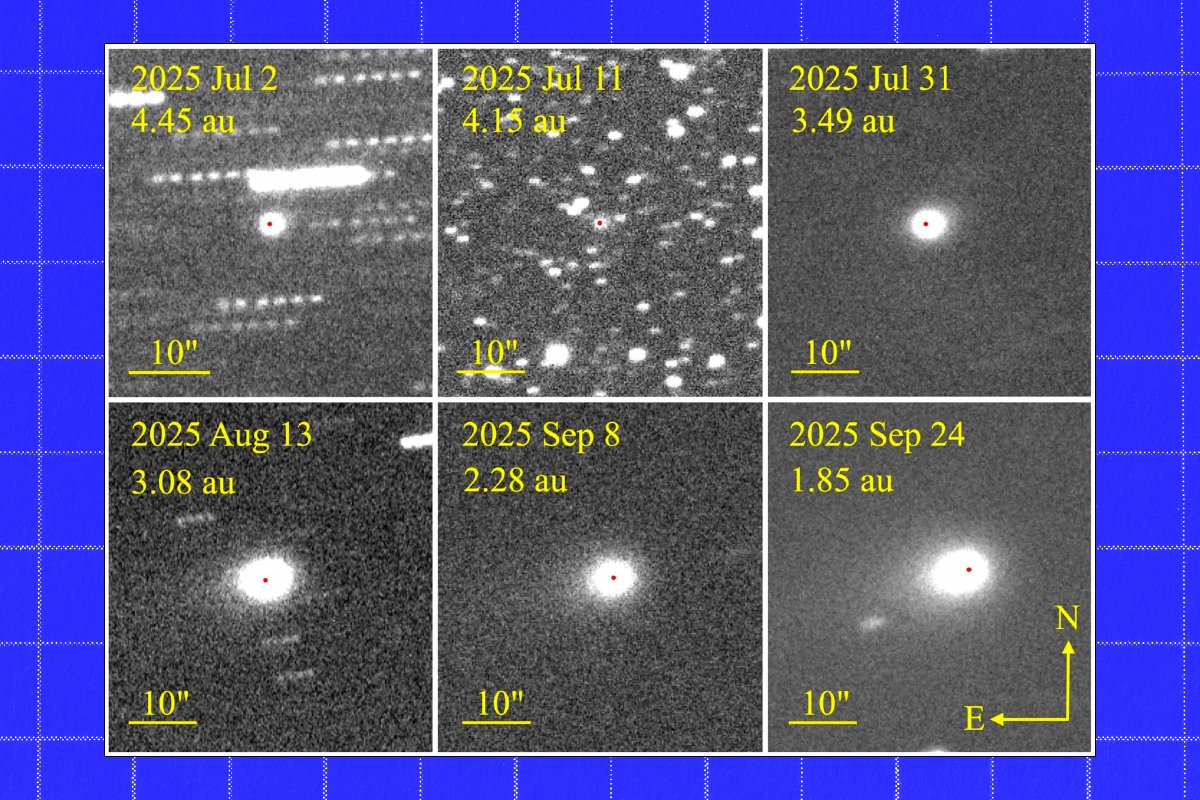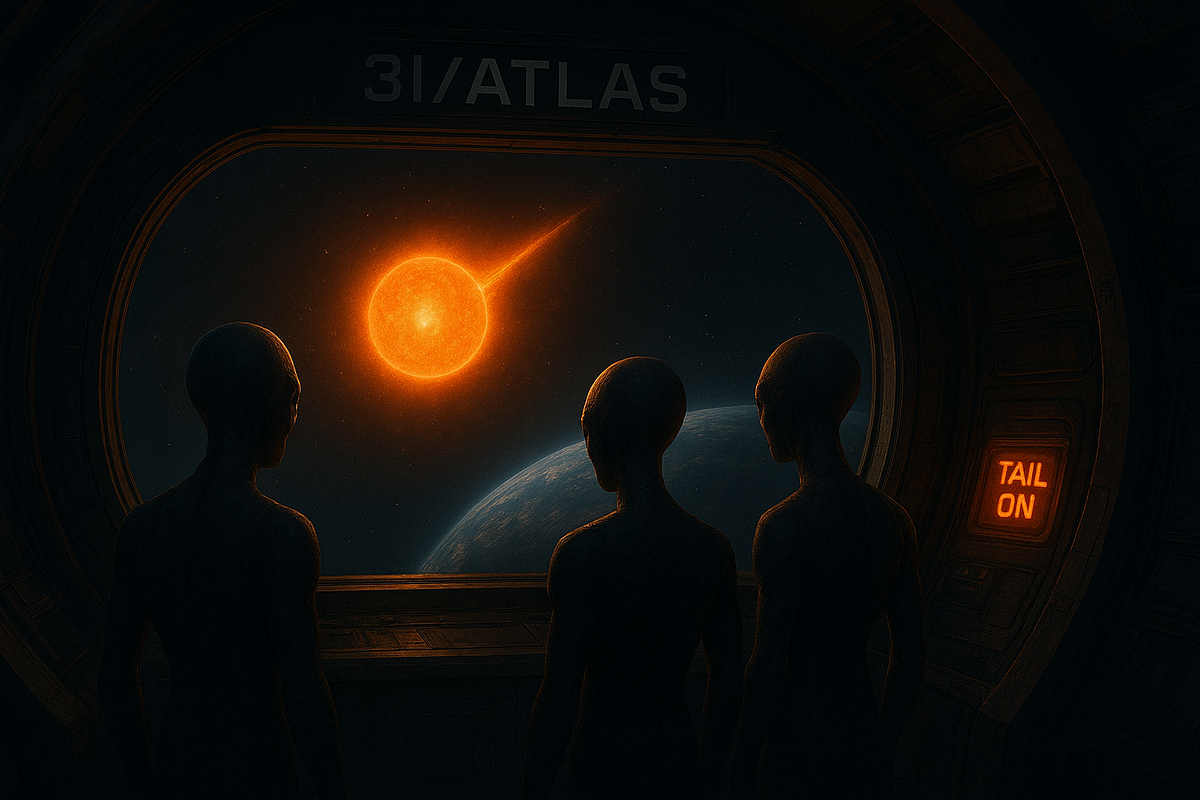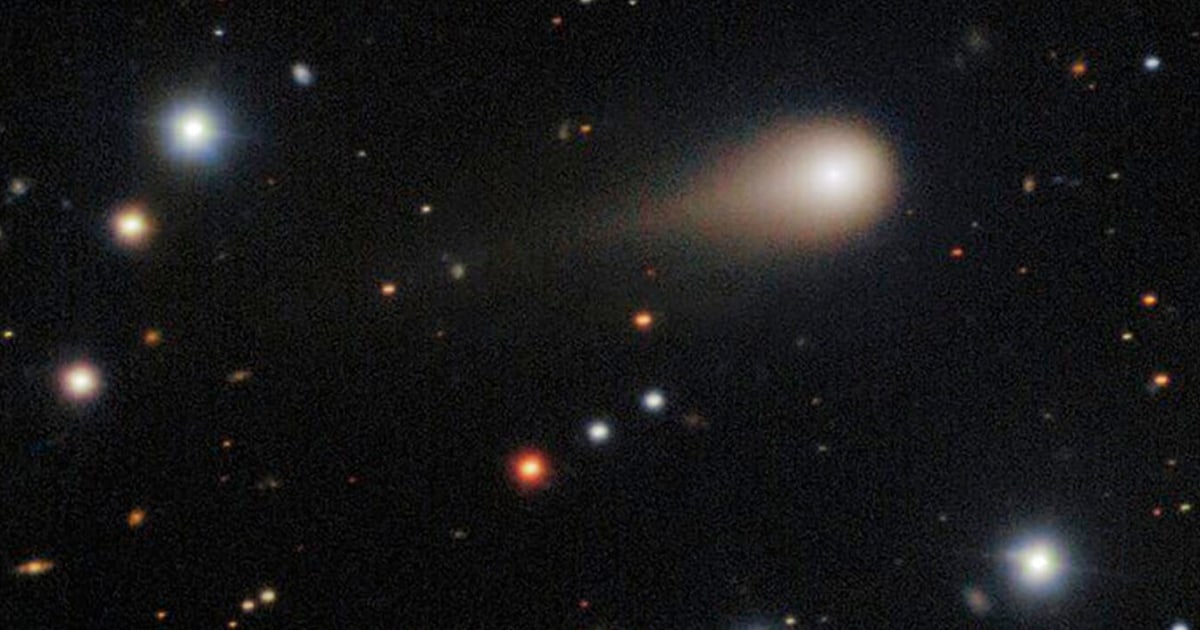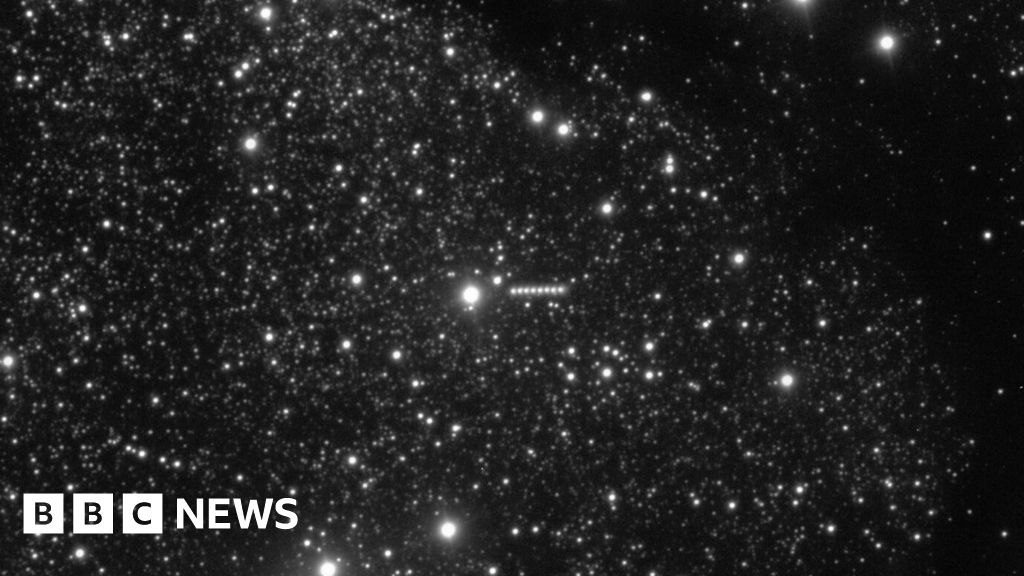Interstellar Visitor 3I/ATLAS Baffles Scientists With Sudden Brightening
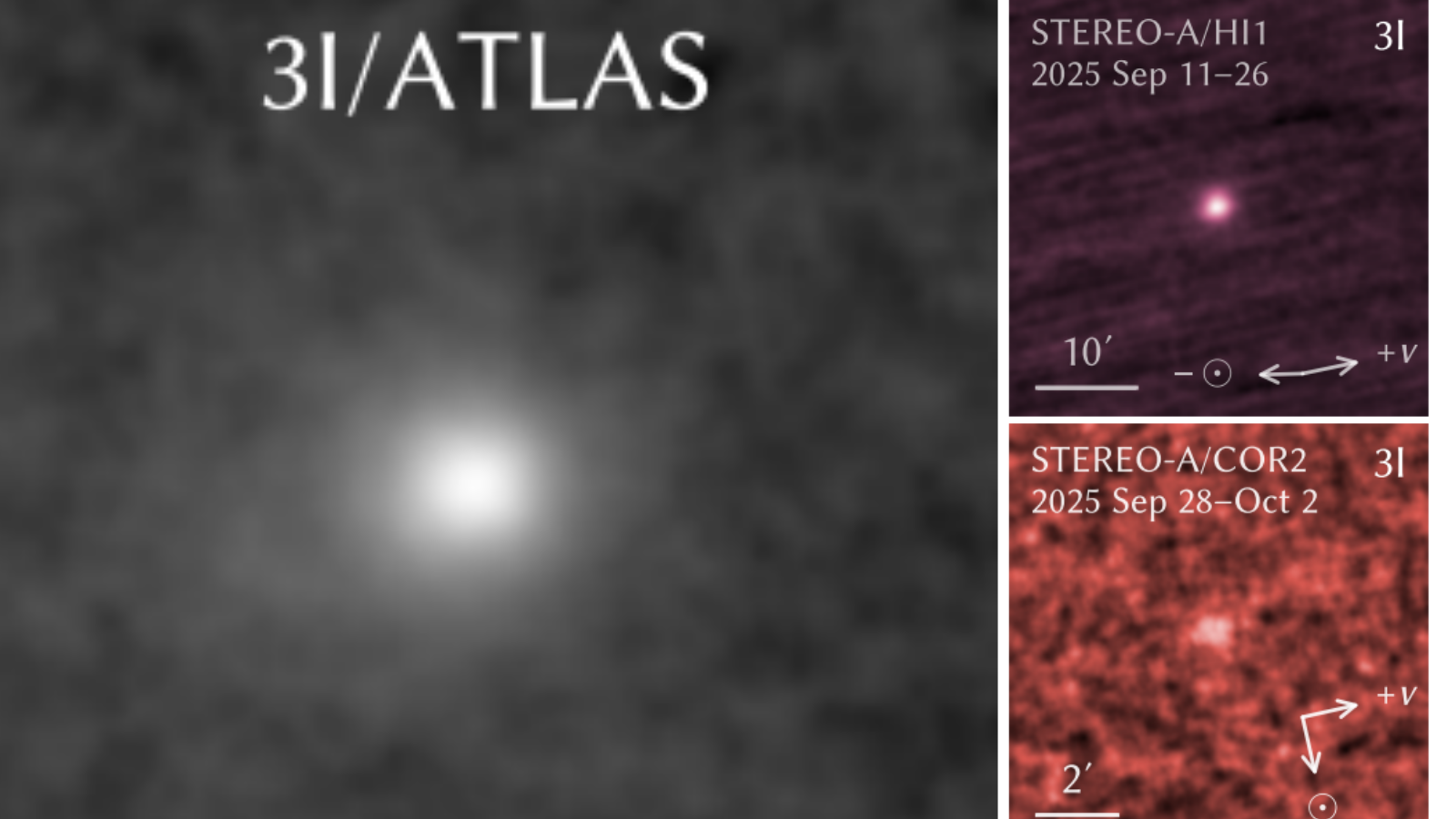
Interstellar Visitor Surprises Scientists
Comet 3I/ATLAS, an interstellar object passing through our solar system, has baffled scientists with an unexpected brightening as it neared the Sun. Unlike typical comets from our Oort Cloud, 3I/ATLAS brightened faster than predicted during its closest approach on October 29, 2025. This sudden increase in brightness challenges existing comet behavior models and suggests unique physical or chemical processes at work.
Unique Characteristics of 3I/ATLAS
This comet is only the third known object from beyond our solar system, following ‘Oumuamua and 2I/Borisov. Traveling at speeds over 130,000 mph, 3I/ATLAS displays a reddish coma rich in dust, similar to previous interstellar visitors. Observations reveal that gas emissions likely contribute significantly to its brightening, as solar radiation causes surface ices to sublimate, creating a glowing coma and tail.
Scientific Implications and Ongoing Study
The comet’s unusual behavior offers a rare glance into materials from another star system, possibly billions of years old. Researchers continue monitoring 3I/ATLAS to understand its origin and composition, which could reshape our knowledge of interstellar objects and the diversity of planetary systems across the galaxy.


